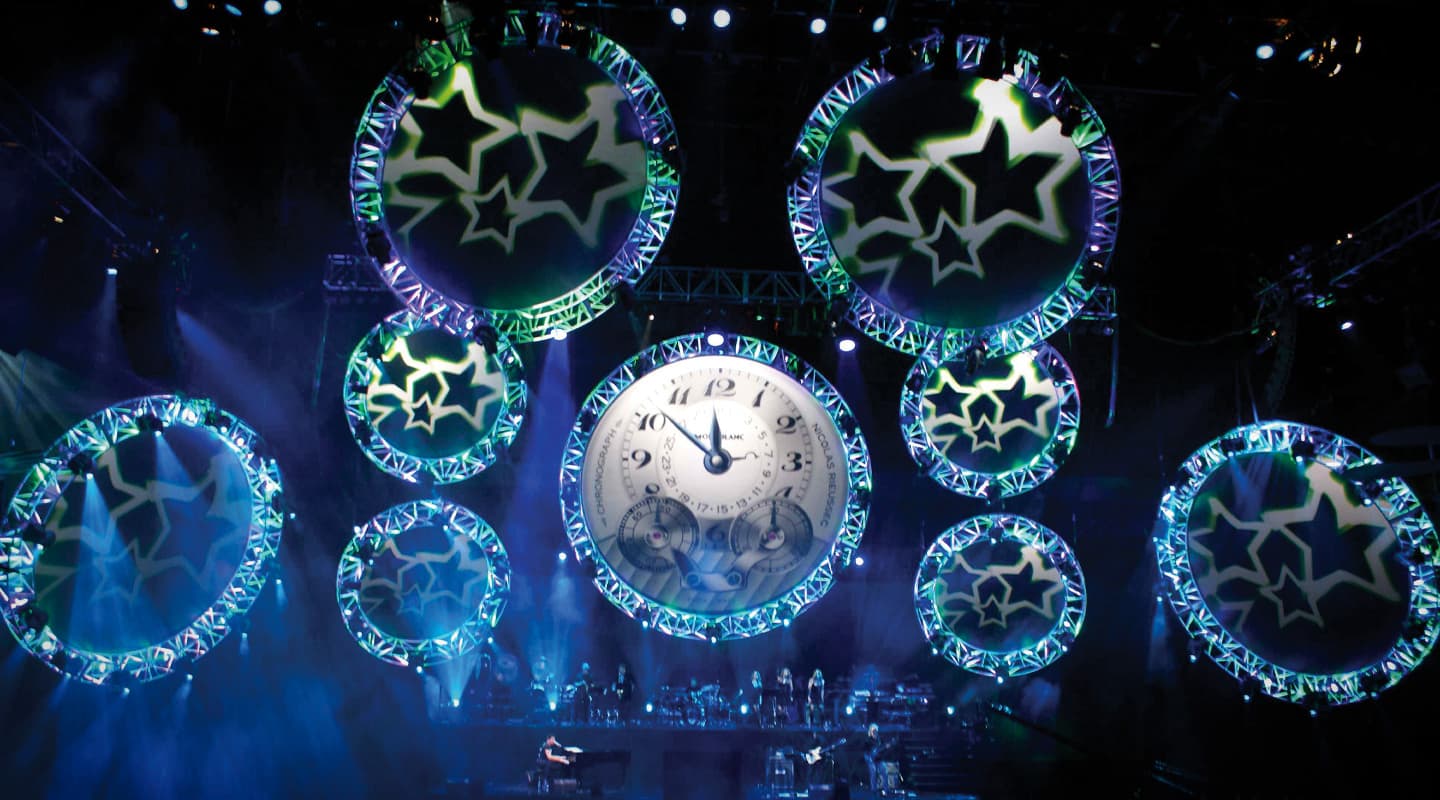
Blend Me Shape Me
Media servers that do much more than serve and project.
Text:\ Paul Newton
‘Media Server’ is becoming a confusing term within the events/production industry. Strictly speaking a media server is any device that stores and replays media, such as the systems that were covered the last issue of AV. Recently, however, the video and lighting industries have been inundated with a range of specialist ‘media servers’ to help manage and deliver content to display devices during a live event.
Whilst all of these systems could simply be used for replaying content, the title media server doesn’t accurately reflect their capabilities. All are loaded with additional features such as image shaping, warping, mapping, blending or stitching of multiple displays, which transforms them into sophisticated design tools for the show’s visual designers. All display elements (such as LED screens, projectors, scenic elements and plasma screens) can now be centrally controlled by these media systems, allowing much more flexibility and control than was previously possible.
The four main products that are gaining popularity both in Australia and around the world are Watchout (Dataton), Onlyview (ETC), Pandoras Box (Coolux) and Hippotizer (Green Hippo). This article is an attempt to compare and outline the differences between these products and explain the reasons why they are popular with different sections of the events/production industry.
WATCHOUT
Dataton Watchout has been around for more than a decade, having arisen out of Dataton’s TRAX control system software, which faithfully controlled and synchronised slide projectors and myriad early audiovisual devices in the ’80s and ’90s. Watchout looks very similar to timeline, layer-based applications such as Final Cut Pro and other video editing programs. Unrestricted layers can ‘house’ any type of still or moving media and can be manipulated in ways such as scale, opacity, position and colour. Watchout can act simply as a media server, triggering fullscreen multimedia files, or can be used to create multimedia presentations with the individual raw content (such as logos, objects, text, etc).
The system architecture is simple; there is a Production machine that houses the application (which manages and triggers the media) and there are Display machines that receive this media and drive the display devices. Each display device (projector, LED wall or plasma screen) requires its own Display node. Thus a three-projector blended image will require a total of four networked Watchout servers: a Production machine and three Display nodes. All show content is loaded onto the Production machine and is distributed via a fast Ethernet only to the required Display nodes for playback.
When you download and purchase Watchout – you are free to install it on your own hardware – you’re only purchasing the right to use the software. The software engineers at Dataton make some strong recommendations regarding hardware choice, but you are free to experiment. Interactive Controls is the Australia/New Zealand distributor of Watchout and sells 90% of their systems bundled with hardware – which is highly recommended. Why experiment when experts have done all that for you? Interactive Controls currently builds its Watchout servers with Intel i7 quad core processors, 3GB of triple-channel RAM and ATI-1024MB PCI-X 5700 series graphics cards, built into a 3U chassis for around $2500. It has a ‘one size fits all’ mentality, but will build more highly specified systems if required for a project or application. The hardware keys required to run the system are $2373 (+GST) and you require one for each machine in your system, so you’re looking at $5000+ per server unit.
Watchout supports soft edge blending which allows displays to be ‘stitched’ together seamlessly to create ultra high resolution displays. Displays can be warped and manipulated to ‘wrap’ any 3D object or to compensate for irregular projector placement with keystone adjustments.
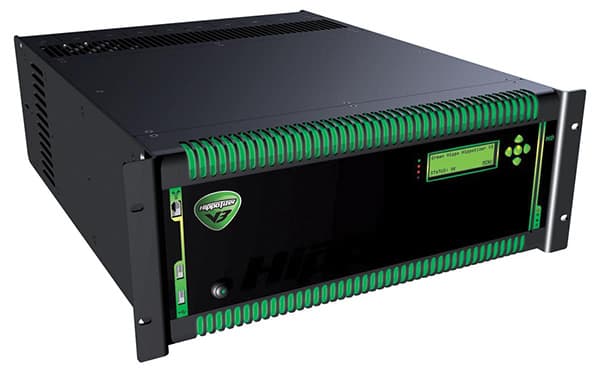
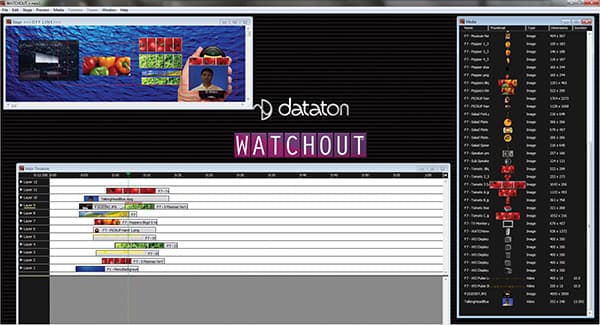
ONLYVIEW
ETC began development of Onlyview in 2003 to work alongside its own PIGI (a French acronym for Projector of Giant Computerised Images) large format strip projectors. Onlyview is very similar to Watchout in design and concept, and is the result of collaboration with ETC’s own designers, field technicians and video producers. The product is much of a mystery in the mainstream audio visual world as it is not available for hire without internal, qualified programmers and technicians. Only ETC (and their international distributors such as The Electric Canvas in Australia) are allowed to program or operate Onlyview, which means that it is more of a service offering as opposed to a rental product. However, The Electric Canvas does have a large system available for use on their client’s projects. Show designers are free to introduce their own content but the rest of the system (including the display devices) is controlled by ETC. Electric Canvas supplied exactly this service to David Atkins’ Australian production of Hairspray (see the feature in the last issue).
Onlyview has quite a few unique features that set it apart from Watchout. It allows interaction with real objects via encoders and sensors, which means that content can track a moving object in the real world. I have seen this actually demonstrated and the result is quite stunning. Watching a video image perfectly track a moving set piece is pretty clever stuff and a very cool feature for controlled environments such as theatre and corporate shows. Multiple timelines within the show was a standout feature of Onlyview when it was first released, but has since been matched with version four of Watchout.
Whilst Onlyview can be synchronised with Onlycue (ETC’s PIGI control software) each of its timelines can be separately controlled via internal clock, internal time code, SMPTE/EBU code or MIDI. Onlyview can also control an array of external devices such as projectors, LED processors, matrixes and various external media players such as Betacam players.
I recently met a technician who had lots of exposure to Onlyview and he claimed that the product has unparalleled usability for the programmer and technician alike. “Everything is fast, easy and incredibly accurate because it has been designed, in the field, by projectionists in consultation with multimedia professionals”.

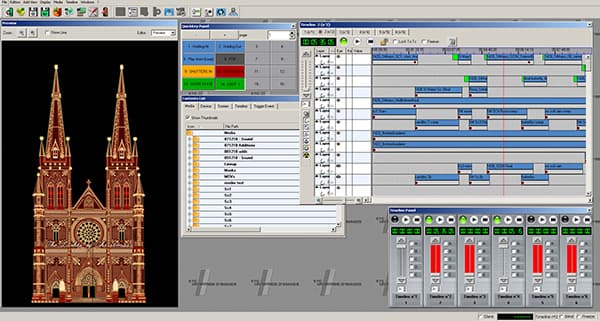
PANDORAS BOX
Pandoras Box and Hippotizer have in the past been considered lighting products, but they are both making quite a name for themselves in the video world due to their feature-rich offerings. Both products are sold in a ‘sealed box’ with custom software and hardware designed to work together – kinda like buying an Apple Mac – but they’re both PCs running Windows. Both products are built to support a pre-defined number of video and graphic layers (depending on the level of the system purchased), unlike Watchout and Onlyview that are not defined or restricted (but would struggle to exceed the limits posed by Hippo and Pandoras Box anyway). Both products, like Watchout and Onlyview have the ability to display external computer or camera/video inputs via onboard capture cards.
Coolux has spent a lot of time refining its products over the years. What was once a humble media server similar to Catalyst (Barco) or MediaMaster (Arkaos) has grown into a professional multi-video display product that holds its own in both the video and lighting worlds. It has truly helped narrow the gap between video and lighting with its Pandoras Box system. Pandoras Box is available in three different Server formats – Lite (4 video, 8 graphic layers), Standard (8 video, 16 graphic layers) and Pro (16 video, 32 graphic layers). There are also cost-effective Player versions that have a reduced number of video and graphic layers and lack the 3D programming environment that the programmers and designers love – but they do the job. All the servers are sealed units that are essentially highly-spec’d PCs with tricked-up nVidia graphic cards. Each 3U server functions as two display nodes, having dual DVI outputs, each capable of 1920 x 1080 at either 50 or 60Hz. This is a very sensible design, resulting in a smaller footprint at control and fewer physical connections within the system. Prices range from under $10k for players and over $30k for a fully-optioned Pro server.
The warping capabilities of Pandoras Box are second-to-none and one of the most widely discussed features of the product. The built-in warping editor lets you create any custom shape with what Coolux refer to as FFD’s or Free Form Deformers (what a great acronym). Each display can be warped extensively to wrap around 3D objects and, most importantly, this warping is visible on the preview screen (unlike Watchout that requires all warping to be performed ‘live’, in situ, with the projectors). The programming interface is also referred to as a true 3D compositing environment that allows realtime creative media production. All layers can be freely positioned and animated in 3D space, with the use of specialised display-viewing cameras, allowing a greater flexibility for the designer and programmer. Pandoras Box also does live interaction with sensors and encoders and was selected for this task in the Australian pavilion at World Expo 2010 [see AV Issue 12].
Another great feature of Pandoras Box is the Widget Designer which allows you to create your own custom interface. Essential show cues and presets can be easily accessed without going near the timeline – reducing any risk of unqualified personnel accidentally de-programming the system. The latest version also includes live scaling and frame rate conversion.
The effects engines of both Pandoras Box and Hippotizer HD far outweigh what is on offer with Watchout and Onlyview. Watchout and Onlyview rely on any ‘cleverness’ to be created within the content rather than within their respective applications. This puts a lot of pressure on the content creators and results in less onsite flexibility. Pandoras Box has over 200 transitions and 200 video effects and 50 different colour keying filters accessible to every layer. Hippotizer has up to 16 true media layers, with two FX engines per layer and 255 effects per FX engine. These features are very important for Pandoras Box and Hippotizer and the entertainment, VJ and broadcast markets they have traditionally served so well.
HIPPOTIZER
Hippotizer has some great, unique features. One that stands out is the built-in media manager and encoder that automatically transcodes media to an optimal format. Media management has always been one of the headaches with these systems: choosing the correct codecs and bit rates can be quite challenging. Having an internal media coding ability definitely seems to be a step in the right direction and a feature that others are bound to follow in the future. Like Pandoras Box, Hippotizer can also manage soft edge blending both vertically and horizontally.
There is no clear ‘winner’ with these different systems. They are all great products that can perform similar tasks – some better than others. Onlyview and Watchout were created primarily for corporate- and theatre-based applications due to their extreme accuracy which enables them to be the first choice for pixel-critical applications such as projector blending widescreen panoramas. Pandoras Box and Hippotizer seem to dominate the entertainment and broadcast industries due to their synergy with the lighting world and the number of possible on-the-fly effects that can be added instantaneously. All four products can be controlled via all the traditional live event mechanisms such as timecode, MIDI, DMX512 and third-party devices. Flexibility must be a major attribute of all of these offerings as they all need to be able to slot into any live event architecture, be it corporate, entertainment, theatre, themed environment or permanent installations.
MORE INFORMATION
Hippotizer: Green Hippo (UK) – www.green-hippo.com
available from Clearlight Shows (03) 9553 1688 or [email protected]
Watchout: Dataton (Sweden) – www.dataton.com
available from Interactive Controls (02) 9436 3022 or [email protected]
Pandoras Box: Coolux (Germany) – www.coolux.de available from Show Technology
(02) 9748 1122 or [email protected]
OnlyView: ETC (France) – www.etclondonparis.com
available from The Electric Canvas (02) 9420 8817 or [email protected]






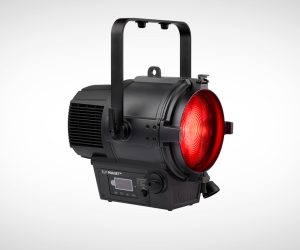
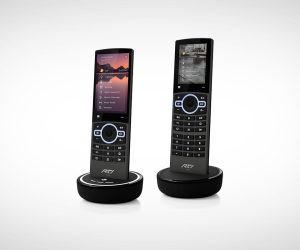

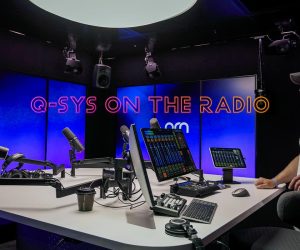

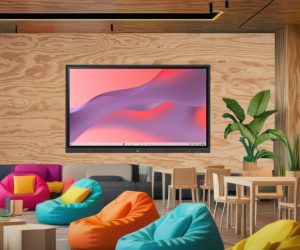



RESPONSES